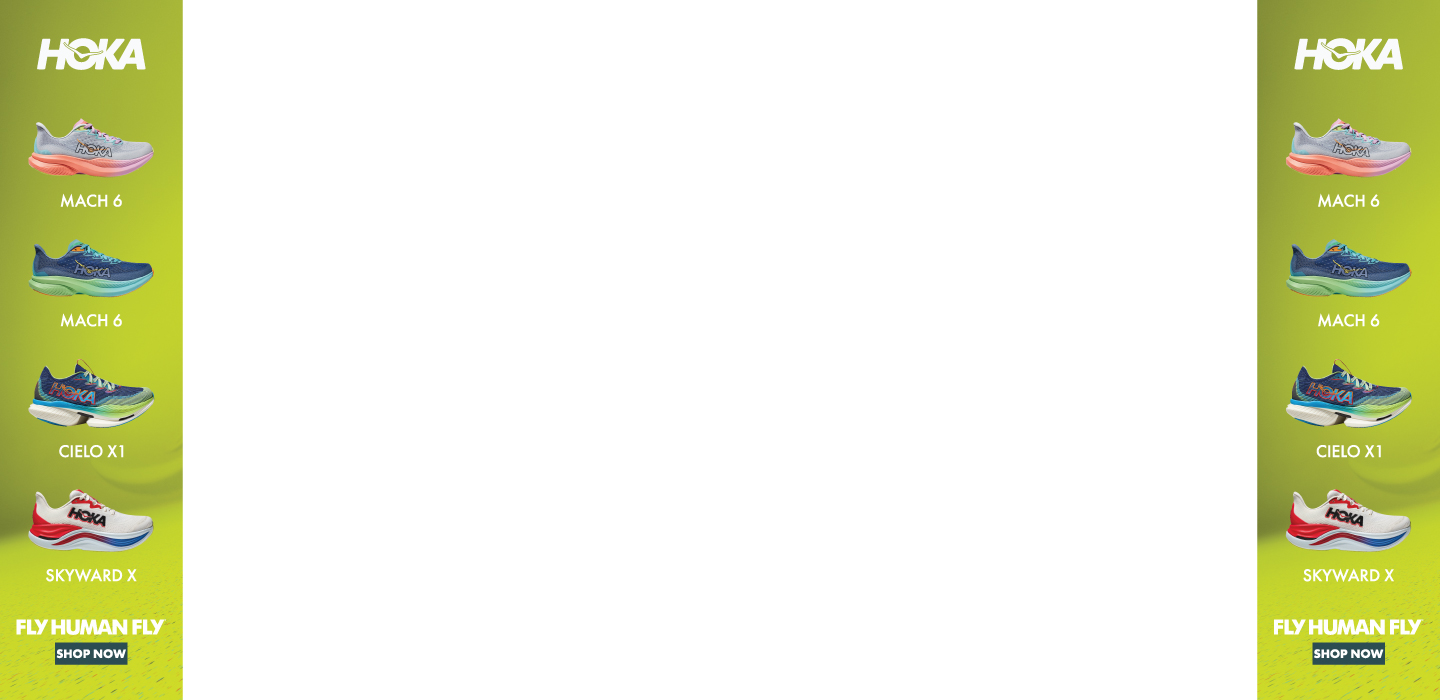Ingrown Toenails: What All Runners Should Know
Never let one slow you down again.
Ingrown toenails hurt, and the sharp pain and pressure they cause can make each stride unbearable, forcing you to skip running for days.
“An ingrown toenail occurs when the corner or border of a toenail – most commonly the big toe – impinges or otherwise irritates the surrounding soft tissue of the toe, resulting in painful inflammation that can puncture the skin and cause acute infection,” says Michael J. Trepal, a podiatrist at the New York College of Podiatric Medicine.
Here’s everything you need to know about why you get ingrown toenails, how to get rid of them, and how to prevent them so you never miss a day of training again.
What Causes Ingrown Toenails?
Although they may seem to come out of nowhere, there are a few things that can spur on an ingrown toenail. “The most common causes include ill-fitting shoes that are too tight on the toe – such as high heels forcing more pressure on the front of your foot and pushing your toes into the end – improper clipping, and history of trauma to the nail,” says podiatrist Christopher R. Hood Jr.
And running automatically ups your risk. “Any activity with repetitive pressure of the nail in the shoe, such as running, biking, or other sports, can put you at risk for an ingrown nail,” adds Ellianne M. Nasser, a podiatrist.
An ingrown nail could also just be caused by the way your foot is shaped. “It can be anatomic,” Hood says. “For example, your toe bone shape dictates nail growth, which can create naturally curved nails, or too large of a nail for a smaller toe that creates a space issue.”
Ingrown Toenail Treatment
There are a few ways to relieve the symptoms at home. “Warm water soaks and gentle massage may provide temporary relief of inflamed tissue,” Trepal says. Adding in Epsom salt helps, too, according to Hood.
You can also try getting rid of an ingrown toenail with a topical treatment. “Over the counter topical medications – such as an antibiotic ointment – work to soften the skin or nail,” Hood says. “And non-steroidal anti-inflammatory drugs should help with pain relief.”
RELATED: 5 Causes of Black Toenails – Identify The Harmless From The Harmful
But you shouldn’t wait too long to get things checked out if your ingrown nail doesn’t show signs of healing after a couple of days of treating it yourself.
“If the issue is not getting better over a few days, see your foot doctor for professional care,” Hood says. “You should see a physician if there’s any drainage that is thick, yellow, milky, or looks like pus, if there’s bright redness to the skin fold or toe, or if you have symptoms of nausea, fever, or chills.” Your doctor will most likely drain the pus from your nail and prescribe antibiotics, according to Trepal.
Podiatrists also agree that it’s not wise to play “bathroom doctor” and perform your own “surgery” on your ingrown toenail. “‘Bathroom surgery,’ or repetitive digging and cutting of the nail, is highly discouraged and can worsen the ingrown toenail,” Nasser says. If you have a recurring ingrown toenail, you may want to look into a minor procedure that will stop them from happening more permanently.
RELATED: 11 Things Podiatrists Wish You Knew About Your Feet
“A mostly sure-fire way to get rid of them is by having a physician (podiatrist) perform a partial nail avulsion, where medicine is placed under the skin to prevent recurrence by destroying the nail where it grows back ingrown,” Hood says. He compares it to placing a “weed killer” to the root of your nail so it doesn’t grow back.
Ingrown Toenail Prevention
The most important thing you can do to stop ingrown toenails from happening is to wear shoes that fit. “Wear properly-fitted shoes with plenty of width in the toe box and socks that do not overly constrict the toes,” Trepal says.
Trimming your toenails the right way can also help lessen your chance of getting an ingrown nail. “You can make ingrown nails less likely to reoccur by trimming your nails properly,” Nasser says. “Trim your nails straight across, avoiding angles.”
READ MORE ON: health Ingrown Toenails injury-prevention TOENAILS



